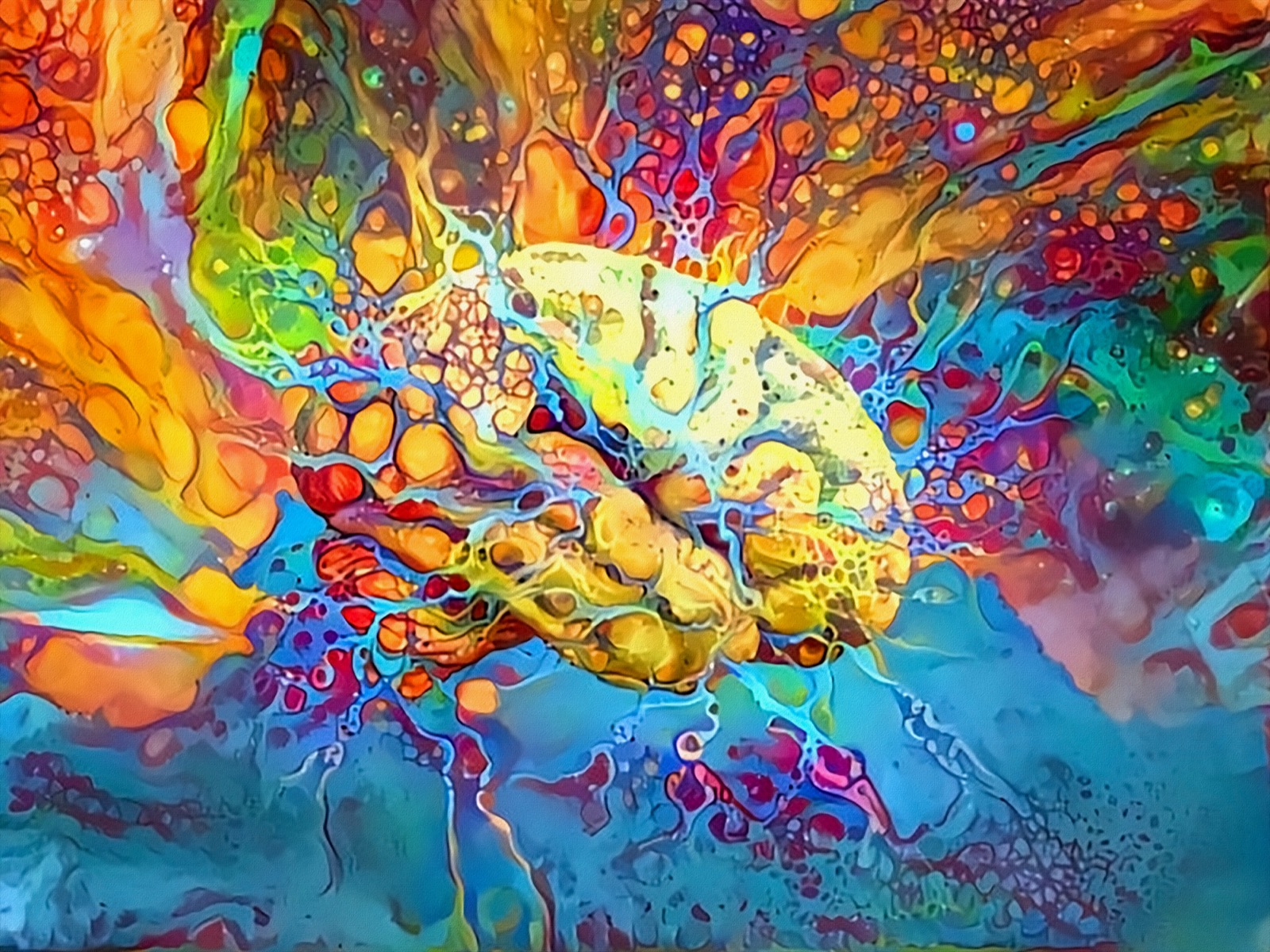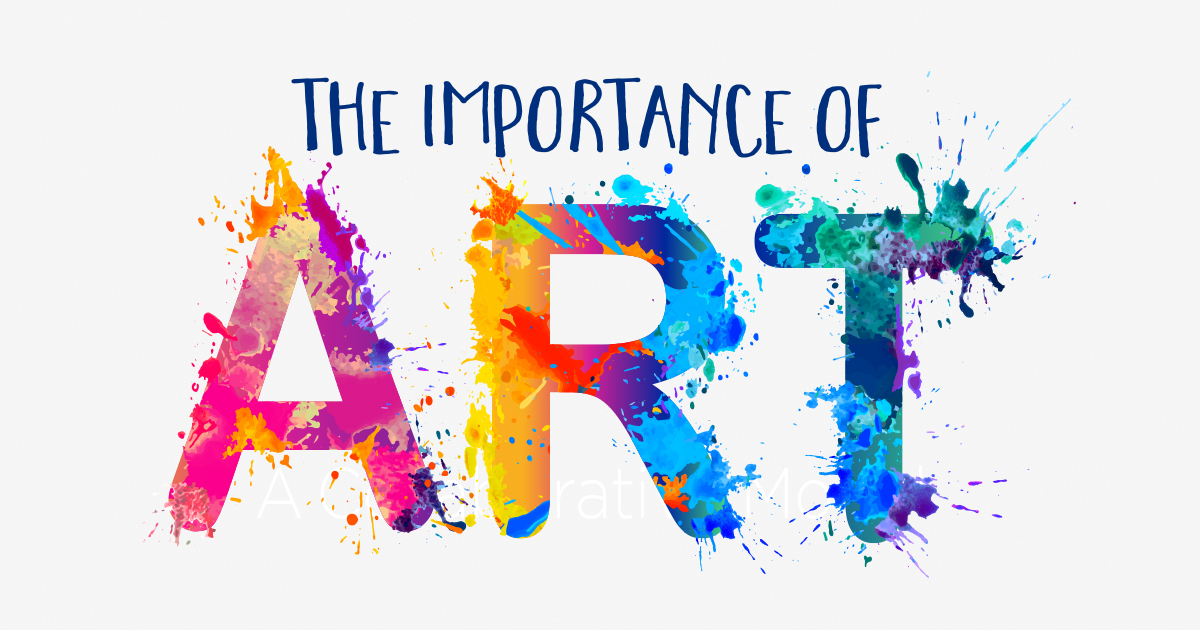Looking Into the Diverse World of Artistic Expression: From Surrealism to Abstract Realism
In the realm of imaginative expression, from the dreamlike landscapes of surrealism to the detailed play of light and kind in abstract realistic look, artists have constantly pushed the borders of imagination and imagination. Each activity holds a special lens where the globe is viewed and analyzed, offering a look into the depths of human feeling, perception, and assumed. As we explore the diverse world of art, we exist with a tapestry of designs, techniques, and ideologies that challenge our understanding and prompt contemplation. The journey via these diverse types of imaginative expression guarantees to unravel a rich tapestry of aesthetic storytelling and intellectual questions that captivates the mind and mixes the soul.
Surrealism: Letting Loose the Subconscious
Surrealism, an avant-garde creative motion of the 20th century, looked into the midsts of the subconscious, revealing a world of dream-like imagery and unusual associations. Spearheaded by artists like Salvador Dali, René Magritte, and Joan Miró, Surrealism sought to challenge the conventional methods of seeing and recognizing art. Via strategies such as automatism and desire evaluation, Surrealist musicians intended to take advantage of the subconscious mind to disclose surprise facts and needs.
Among the vital components of Surrealism was the focus on the illogical and the astonishing. By incorporating unanticipated components in their jobs, Surrealist musicians aimed to create a feeling of disorientation and shock in the customer. This interruption of logic and reason was meant to prompt a much deeper expedition of the subconscious and the secrets of the human mind.
Abstract Realistic Look: Redefining Assumption
Testing conventional creative borders, Abstract Realistic look redefines perception through the fusion of well-known components with abstract types. This innovative approach to art incorporates the representational accuracy of realism with the imaginative flexibility of abstraction, providing viewers a distinct visual experience that triggers them to examine their perception of truth.
In Abstract Realistic look, musicians strive to record the essence of their subjects while also infusing their collaborate with a feeling of deepness and intricacy with abstract aspects. By mixing the accustomed to the unknown, these artists invite target markets to involve with their items on multiple degrees, urging them to check out the nuances of type, color, and structure.

Cubism: Fragmentizing Reality
Using fragmented perspectives and geometric kinds, Cubism transformed the artistic depiction of fact in the very early 20th century. Established by Pablo Picasso and Georges Braque, Cubism looked for to test conventional concepts of perspective and depiction. By damaging down things and numbers right into geometric shapes and presenting them from multiple viewpoints simultaneously, Cubist musicians intended to catch the significance of the subject as opposed to its literal appearance. This method not only deconstructed truth but also stressed the flatness of the canvas, leading the way for future abstract art motions.

Cubism can be classified into 2 primary phases: Analytical Cubism, identified by monochromatic color schemes and elaborate, fragmented kinds; and Artificial Cubism, which incorporated collection elements and brighter shades into the make-ups. Via these unique stages, Cubism affected not only paint but likewise sculpture, layout, and design. trump art. Its impact reverberated across the art globe, inspiring artists to discover brand-new ways of representing the world and interpreting around them
Expressionism: Feelings on Canvas
Discovering the depths of human emotions through brilliant and meaningful brushstrokes, Expressionism became an extensive creative movement in the very early 20th century. Unlike previous art activities that concentrated on portraying the external globe, Expressionism dove into the inner realm of the musician's subconscious, aiming to stimulate raw feelings and prompt natural feedbacks from viewers.
Expressionist musicians, such as Edvard Munch, Egon Schiele, and Emil Nolde, denied typical notions of charm and realism in support of distorting type and color to communicate subjective sensations. Making use of overstated brushwork, bold colors, and distorted numbers assisted create a sense of anxiousness, alienation, or passion in their jobs.
One of the most popular examples of Expressionism is Munch's "The Scream," which catches the intense anxiousness and anguish of modern-day life through its swirling, altered number against a blood-red sky. Via their psychologically charged works, Expressionist musicians looked for to challenge standard imaginative standards and provide a home window right into the rough midsts of the human spirit.
Contemporary Art: Evolving Viewpoints

One of the defining characteristics of contemporary art is its continuous advancement and capacity to adapt to changing pop over to this web-site cultural landscapes. Artists are significantly including technology into their practice, blurring the lines between the electronic and physical worlds. This fusion of mediums permits ingenious methods of narration and involving with target markets in a more interactive manner.
Furthermore, contemporary art commonly offers as a system for social discourse, attending to pushing concerns such as identification, national politics, and the atmosphere. Musicians are utilizing their work to stimulate vital discussions and prompt idea, dropping light on the intricacies of the globe we reside in. As viewpoints proceed to advance, modern art continues to be a significant and vibrant pressure in forming our cultural landscape.
Conclusion
Finally, the world of artistic expression incorporates a wide range of designs and activities, each with its own special strategy to sharing significance and feeling. From surrealism's exploration of the subconscious to abstract realism's redefining of understanding, and from cubism's fragmentation of truth to expressionism's portrayal of emotions, art continues to advance and test viewpoints - trump art. Contemporary art shows the ever-changing world we reside in, providing new means to analyze and comprehend the complexities of our reality
As we check out the complex world of art, we are presented with a tapestry of designs, strategies, and approaches that challenge our understanding and provoke consideration. Its influence resounded throughout the art world, inspiring musicians to check out brand-new methods of interpreting and standing for the world around them.
